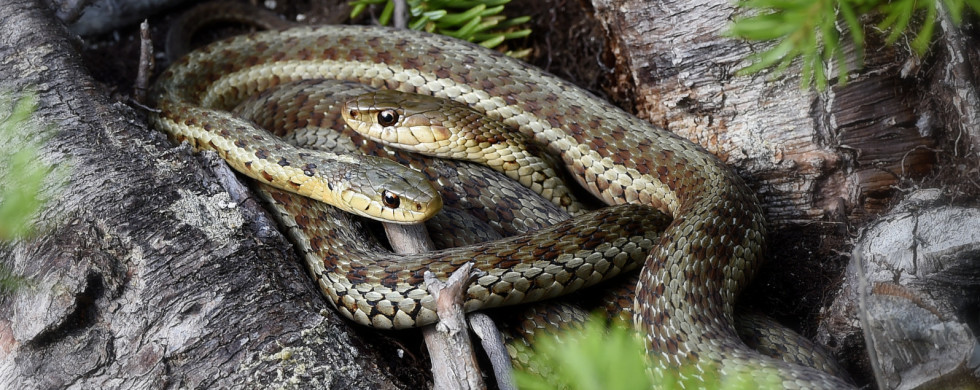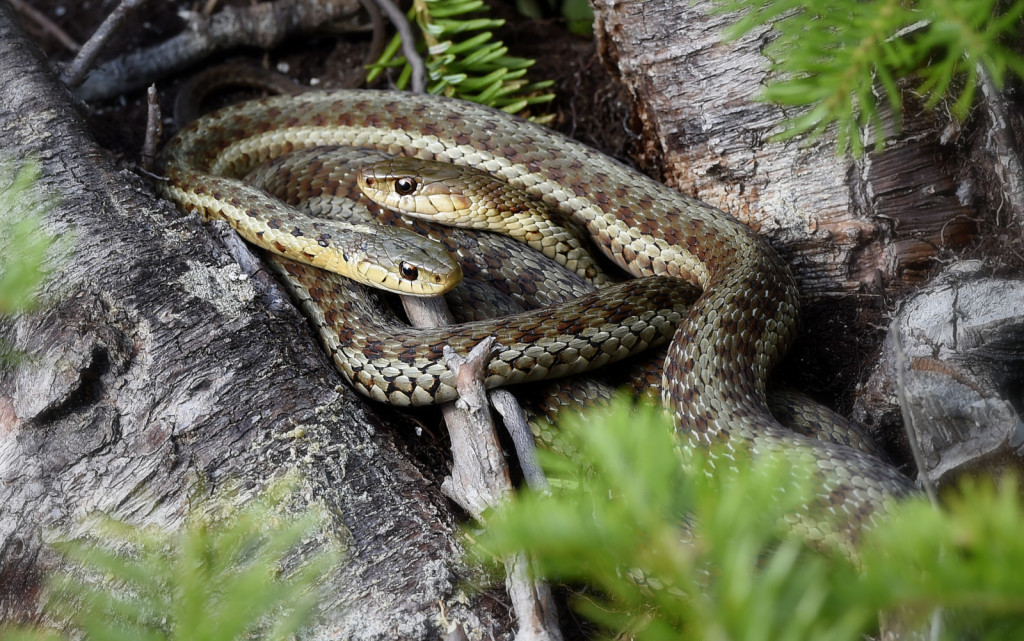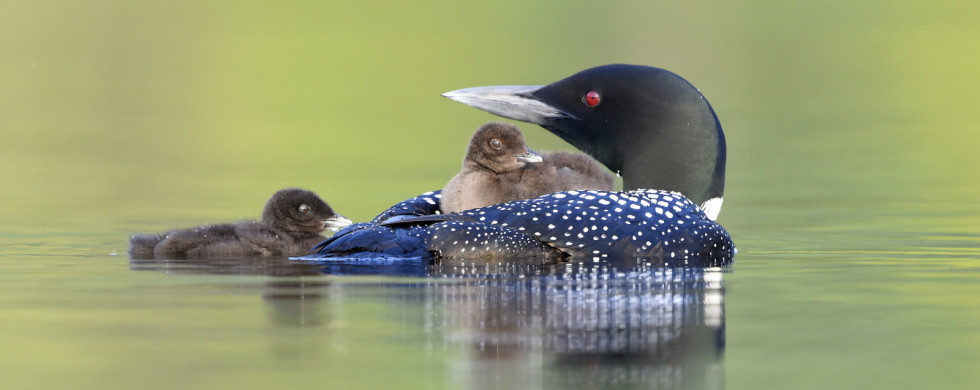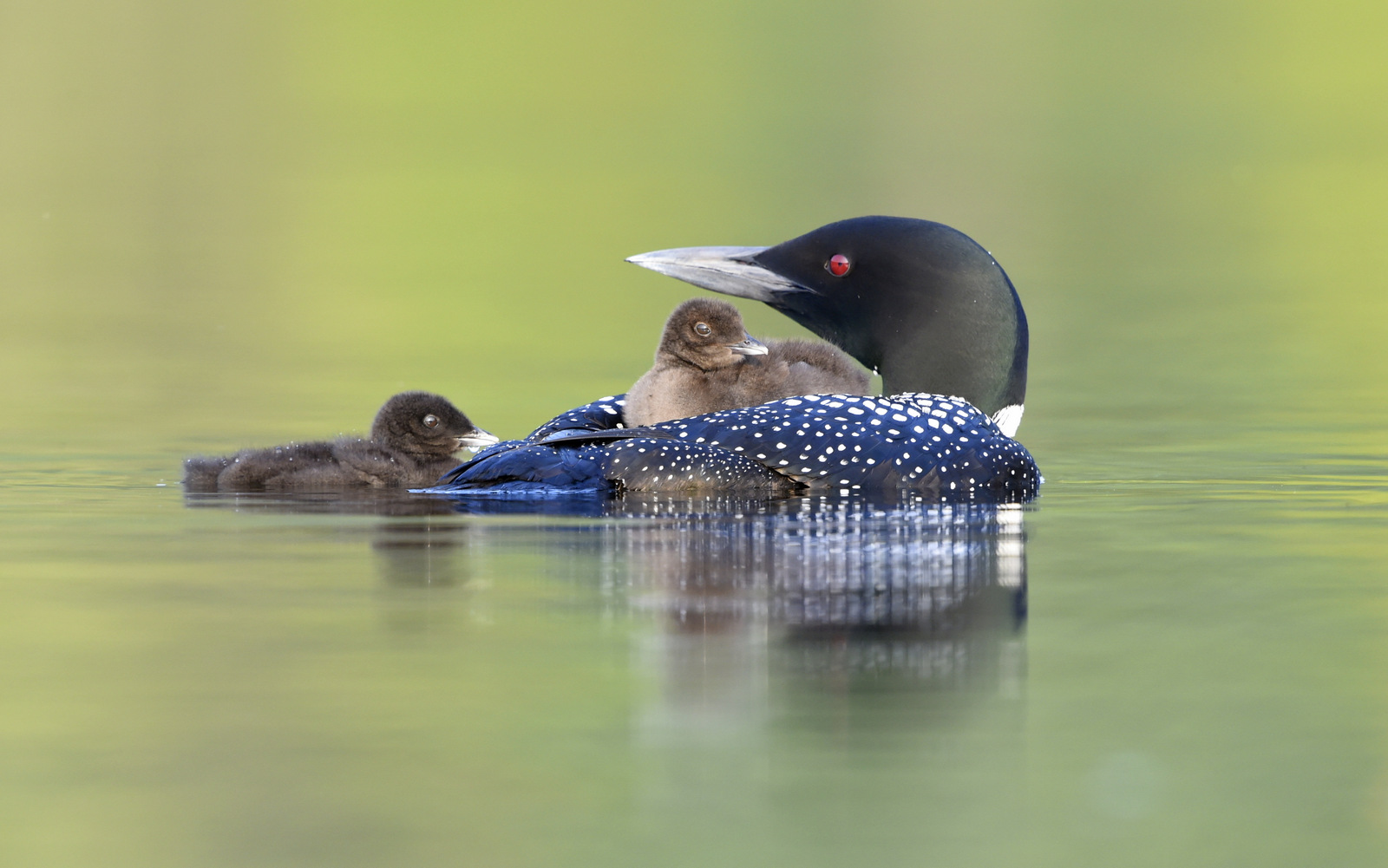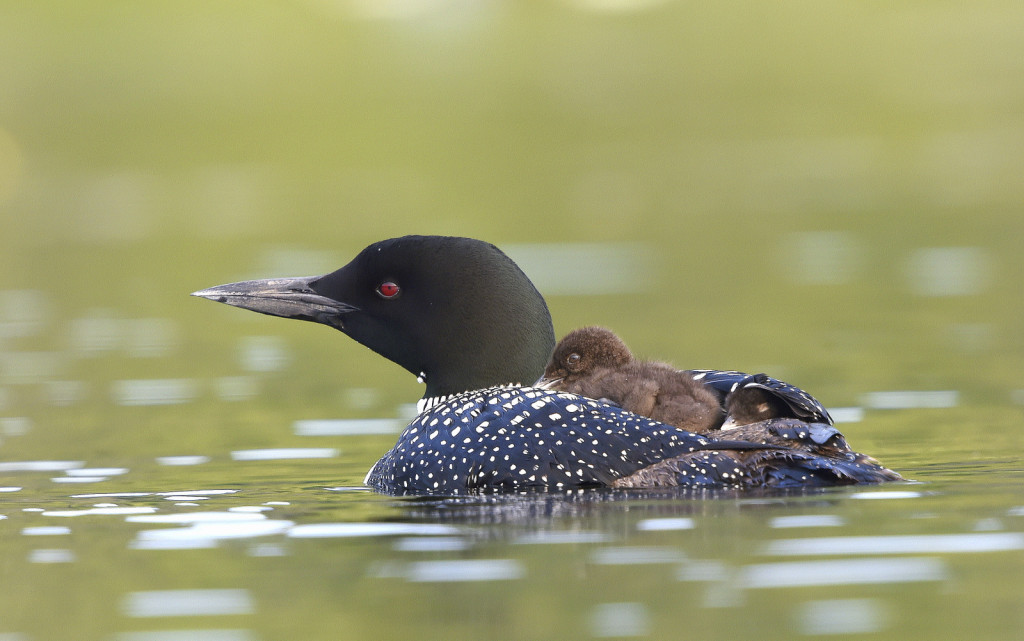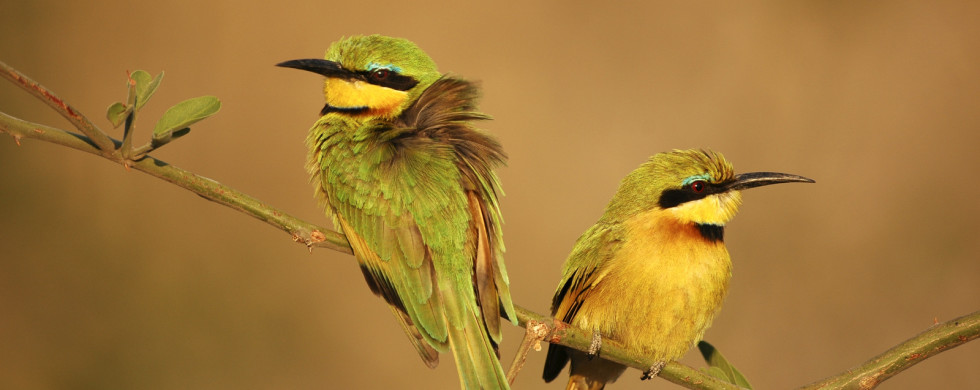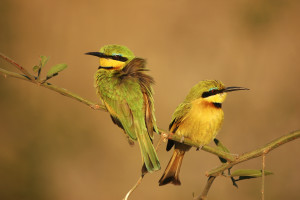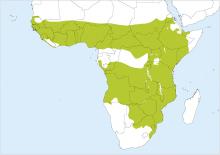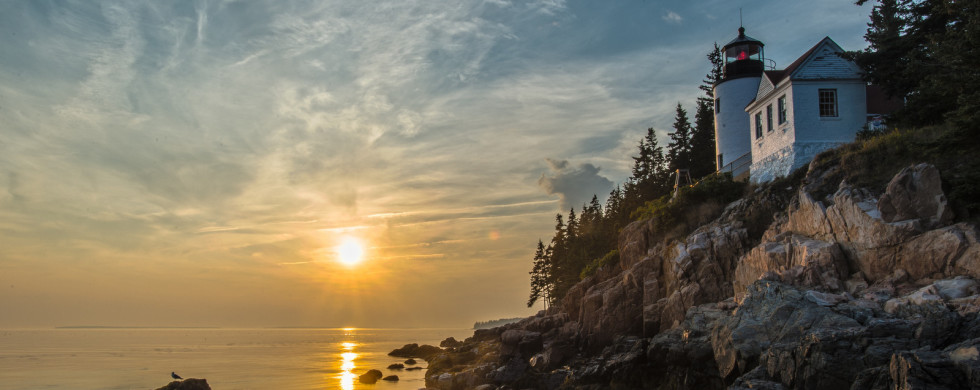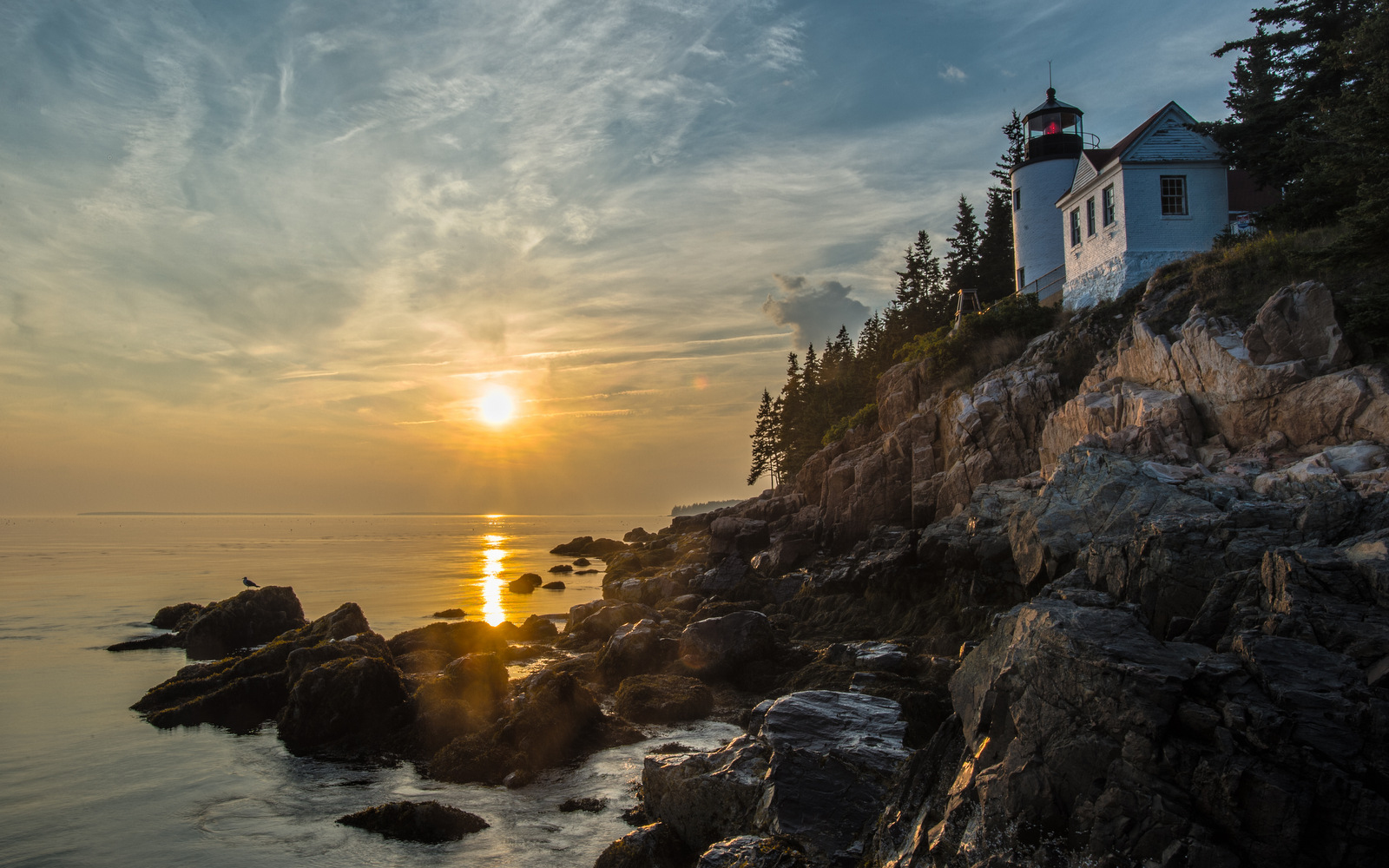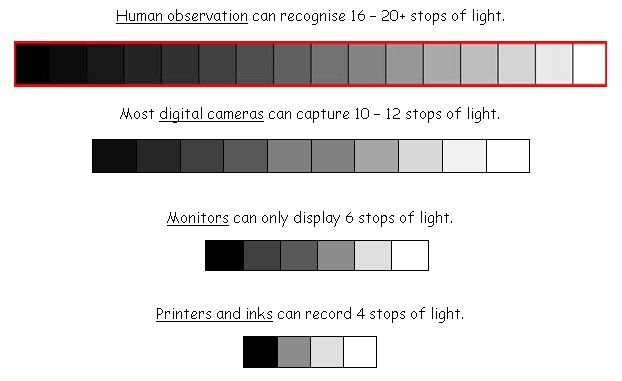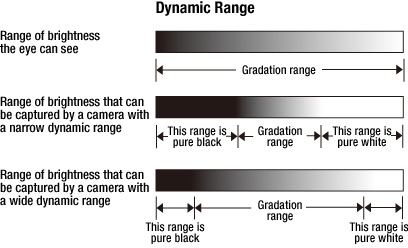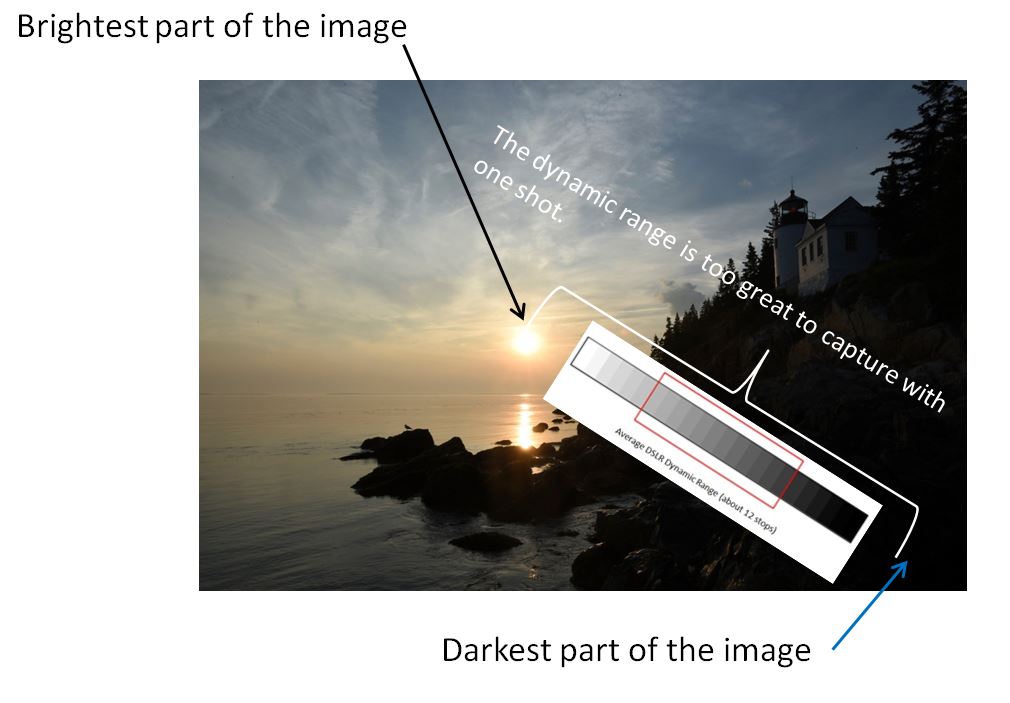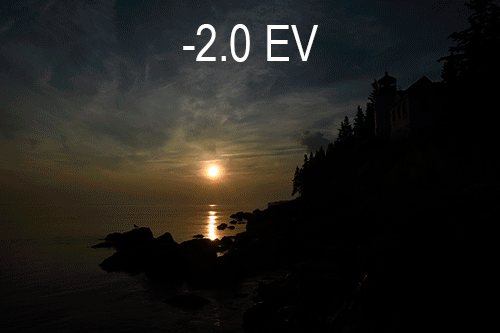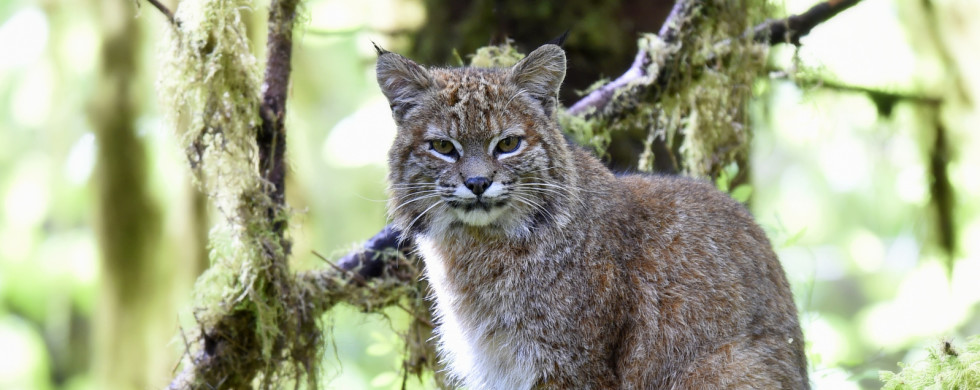Shot of the Month – April 2016
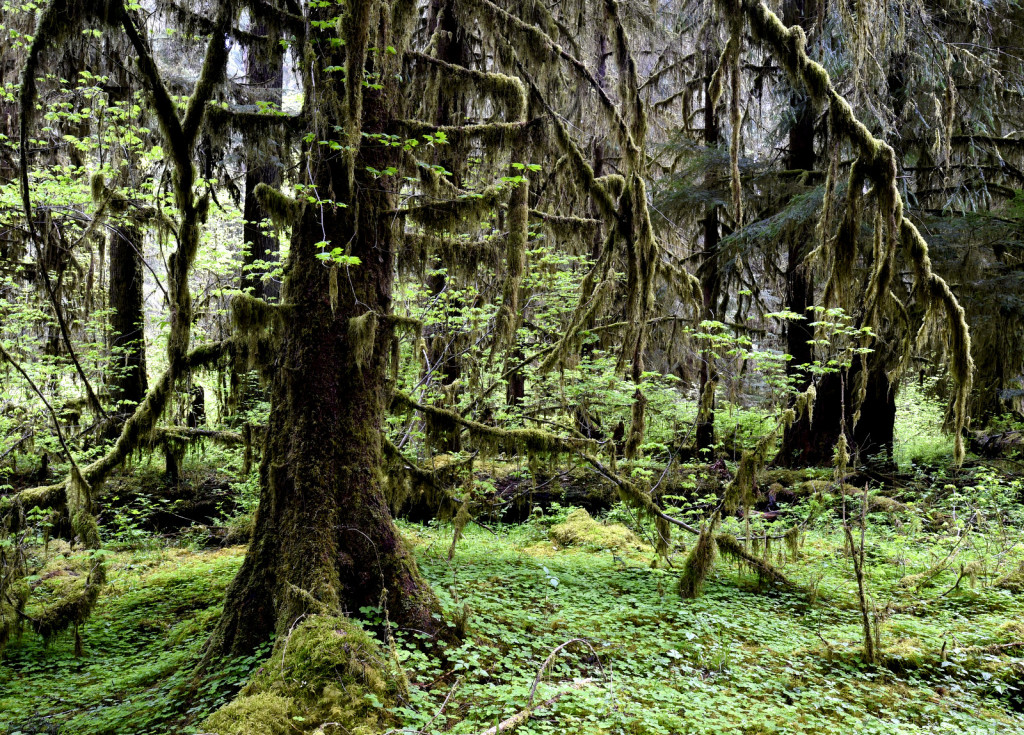
Hoh Rainforest
I had a couple of free days near the end of the month so I fled to the Hoh rainforest (HRF) on the Olympic Peninsula, near Seattle, WA. We had recently moved to the area and there were so many new places to explore. I had made an initial visit to HRF earlier in the month and figured I would try my luck again. The HRF is one of the few temperate rainforests that can be found in the northern hemisphere and is a protected UNESCO site.
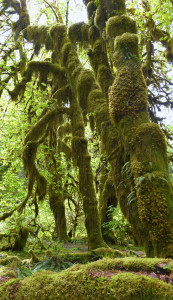
Normally, landscape photography is the name of the game at this leafy locale as one tries to capture the essence of this surreal environment where one can get 150+ inches (> 12 feet!) of rain per year and everything is covered in moss and lichen and endless shades of green vegetation. I don’t do much landscape photography so this was me trying to expand my horizons, albeit in a rather dense forest. Go figure…
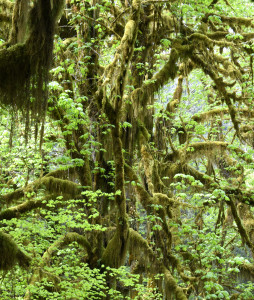
So there I was wandering around the forest with my 17-35 mm wide angle zoom lens. Very unfamiliar territory for me as I usually carry a 600 mm lens as I scrutinize for the smallest movement that may indicate a hidden creature. This time I was scanning the environment for much broader scenes and patterns. It is a completely different way to “look” at the world then I typically do when carrying a camera. I stopped and glanced around, somewhat hopelessly trying to find an interesting composition,
really feeling out of my element.
I was alone on the trail, minding my own business when something caught my attention. My “normal” eye kicked in and I was pretty sure I saw something AMAZING off in the distance. I took a picture with my 35 mm lens and zoomed in on my camera display to see if I could make it out.
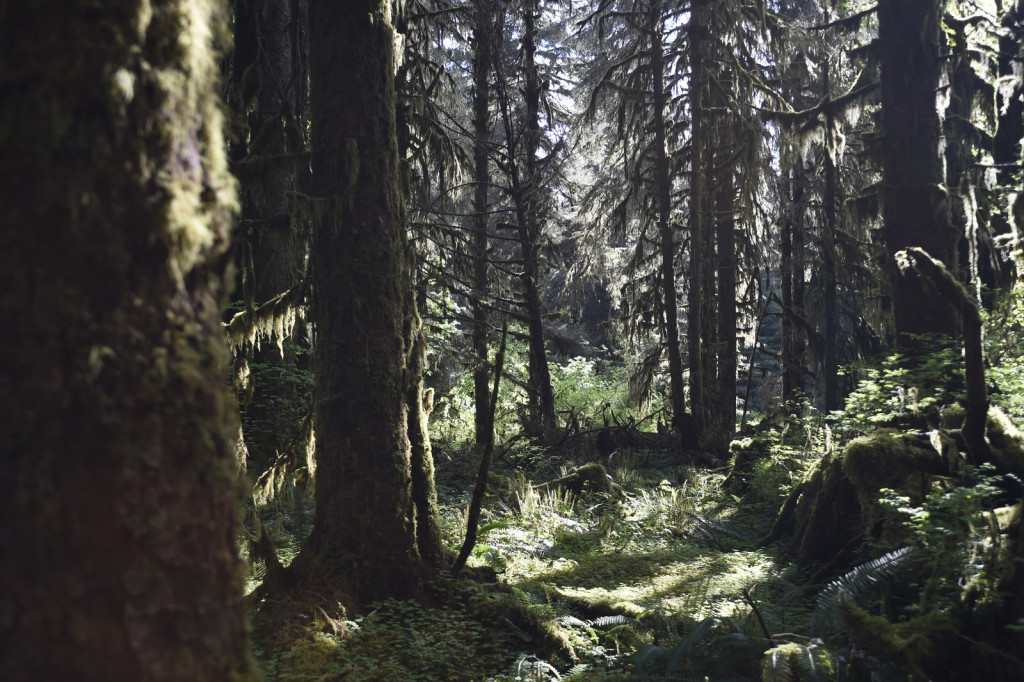
A view of the world at 35 mm
Wow, really not helpful. But, I could still see a silhouette that made my heart race. Do you see it? Click on the photo to zoom in.
I stood there frozen for a few moments staring at the fallen log in the distance. Straining to detect movement while hoping for bionic vision to befall me. I finally, very slowly took my backpack off and lowered to one knee to switch to my “longer” lens. This one zoomed out to 110 mm and might give me a better view. The image at this focal length is below.
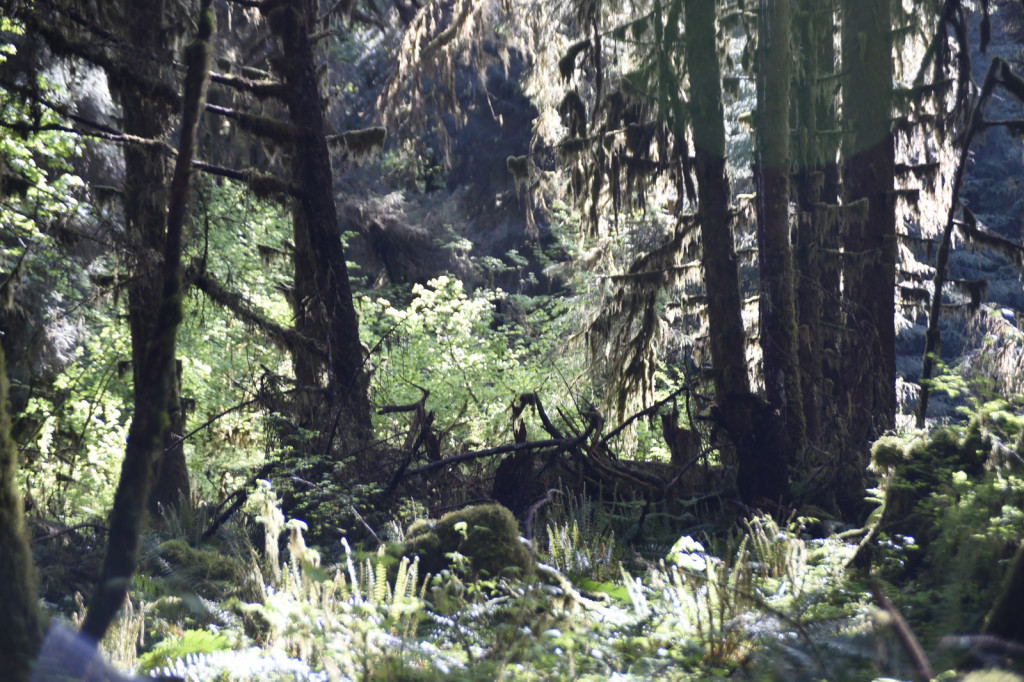
View of the world at 110 mm
While still not conclusive, my excitement continued to grow. During our first visit to the park a few weeks ago a ranger told us that it was possible to see bobcats in the forest but I was very skeptical. I assumed that said feline might be seen a few times a year, probably by staff who spend hundreds of hours in the park. But that silhouette looked like a bobcat to me. We had bobcats in Vermont but it is exceptionally rare to actually see one as they are extremely reclusive — I had never seen one in the wild.
I continued along the trail to see if I could get a closer view.
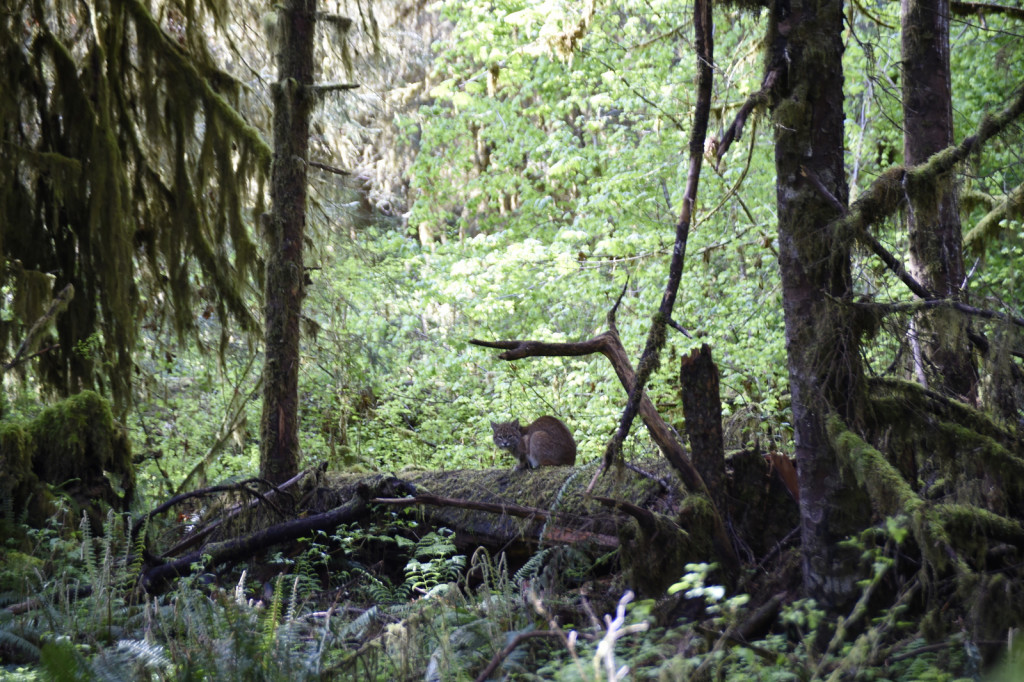
Still too far…
Bingo. My first bobcat! I stood and watched for a while but this was as close as the trail came to the log and my current lens couldn’t zoom any closer. And this is where I faced the classic wildlife photographer’s dilemma. Should I stay, or should I go? (and a damn catchy song) In this case, the issue was that I had my 600 mm lens back in the car. Do I dare try and run the whole way to the vehicle, switch lens, and run the whole way back? Rarely does wildlife stick around for so long. The odds seemed, well, rather poor to put it politely. I pondered for a while.
Finally I decided to go for it.
I figured that the trees weren’t going anywhere and I could always resume my landscape efforts after my bobcat attempt. Hoofing it with 20 pounds of gear is not to be taken, uh, lightly, but I rationalized that it would be good exercise. So off I went, power walking my way back to the car. At the edge of the forest I passed a family as they were just entering and I nodded at them. No time for chit chat. At the car I changed out my gear and started the power walk back to the original location.
When I arrived I could not believe my eyes. The bobcat had moved from that rather poor location, photographically speaking, on the fallen log and now was sitting up on an upright, sheered off tree trunk. She was facing directly at me, sitting on this wonderful, lush green throne.
I normally carry the camera and lens cradled over one shoulder as the whole contraption is heavy and unwieldy. I have learned the hard way that throwing this large metal beast off my shoulder too quickly can scare off wildlife. I very, very, very slowly lifted the camera and lens, attached to a monopod, off my shoulder and placed it delicately on the ground.
“Please don’t leave.” “Please don’t leave.” “Please don’t leave.” “Please don’t…..
This mantra was echoing through my head as I p-a-i-n-s-t-a-k-i-n-g-l-y swiveled the camera around and pointed it at the bobcat. I turned the camera on, pressed the focus button and fired off a couple of quick shots.
The bobcat didn’t move so now I started to work to improve the capture. Initially my shutter speed was waaay too low for such a large lens which meant there was a good chance that the initial shots would be blurry. I worked my way through a range of settings to maximize the best exposure. This gracious bobcat sat there patiently as I fired off dozens of shots. I was happily in my element now. I know pretty well what I am doing when photographing a critter….
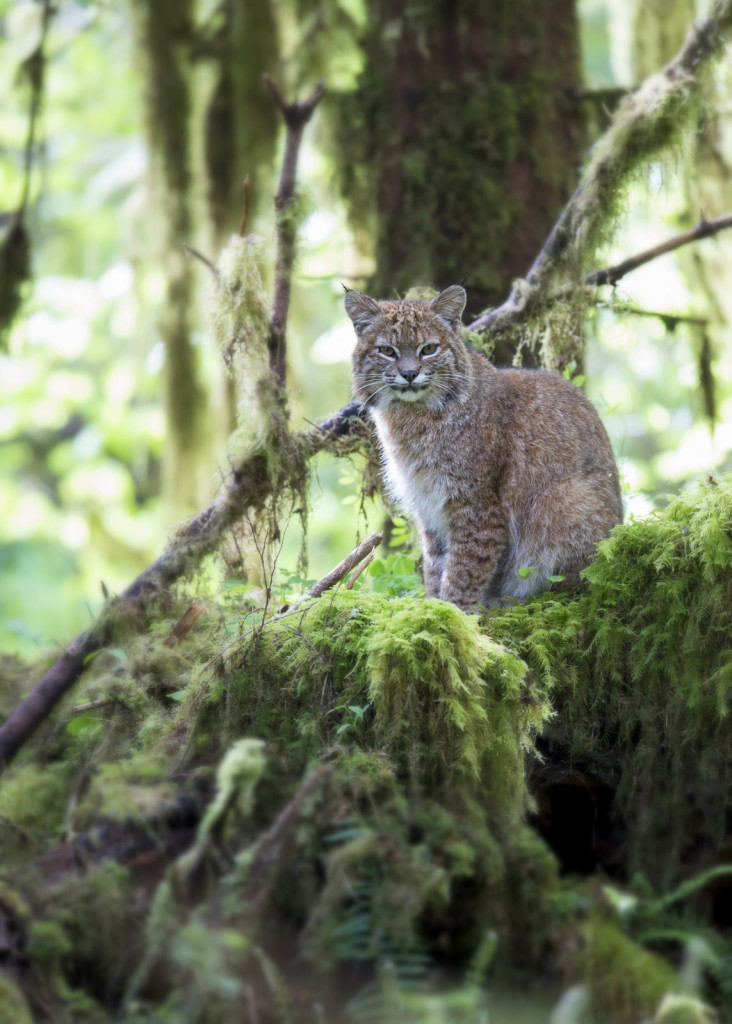
The family I had passed earlier came up to the scene, curious as to what I was shooting. I pointed to the throne and they were muy excited. The father shrugged with a smile at the iphone in his hand indicating that he had no chance to get a photo with that device. I empathetically explained that I had seen the bobcat earlier and faced the same challenge only having my wide angle lens. I was running back to my car to get my big lens when I passed them. The father now nodded, “Ahh, yes, that was YOU, we saw.” He continued, “And what amazing luck that the bobcat stayed around for so long…”
Indeed.
Trust me, such luck is oh, so, so rare. But then, such scarcity makes moments like this so magical. I really did try and expand my horizons, but when a bobcat calls, whatcha gonna do?
Until next month…..m
Nikon D4S, Nikon 600mm, f/4 1/200 s, +0.5 EV, ISO 1600
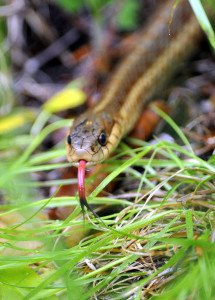 earthworms. See, now don’t you feel a bit silly? CGS are also very good swimmers and will hunt small fish, frogs, tadpoles, leeches, insects, slugs, and crayfish. They will also hunt for small mammals and birds when possible.
earthworms. See, now don’t you feel a bit silly? CGS are also very good swimmers and will hunt small fish, frogs, tadpoles, leeches, insects, slugs, and crayfish. They will also hunt for small mammals and birds when possible.
